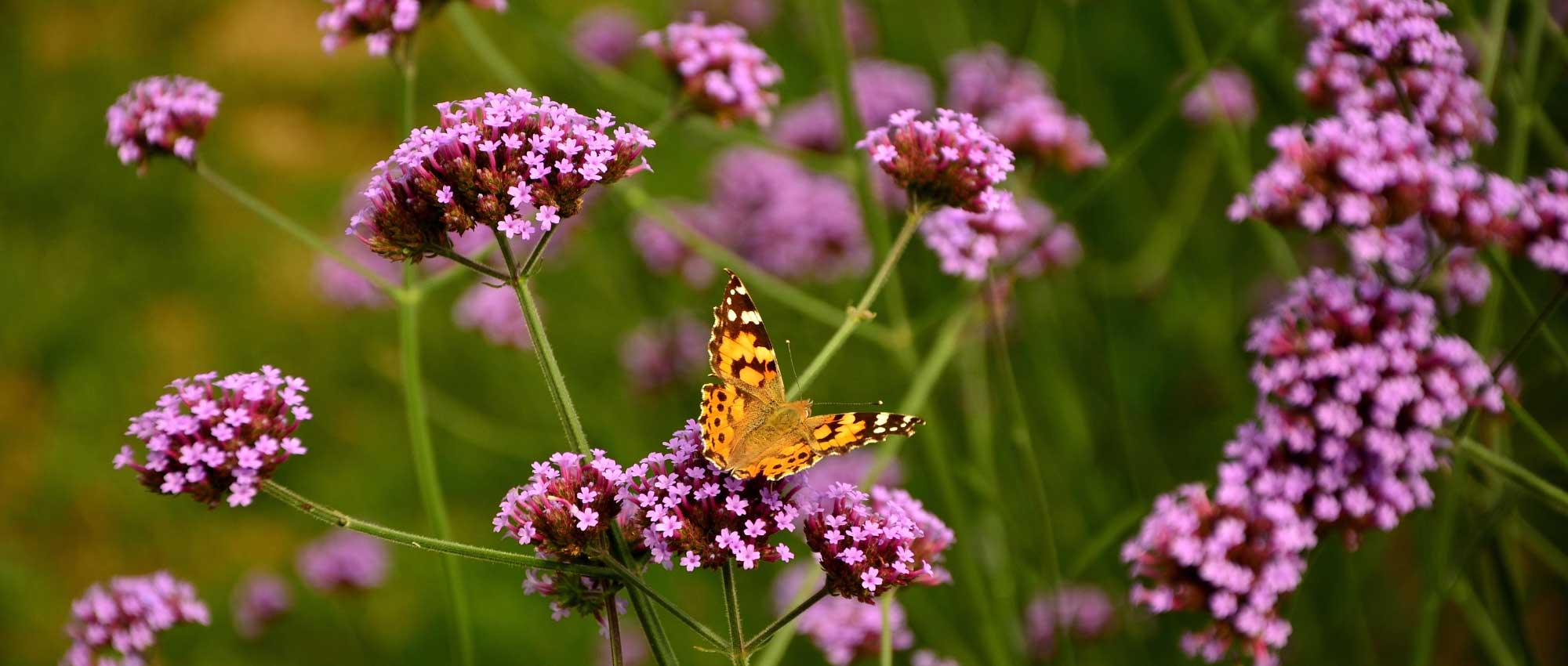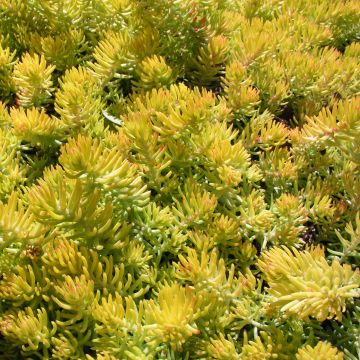

Verbena Polaris


Verbena Polaris


Verbena Polaris


Verbena Polaris
Verbena Polaris
Verbena rigida Polaris
Slender Vervain
Special offer!
Receive a €20 voucher for any order over €90 (excluding delivery costs, credit notes, and plastic-free options)!
1- Add your favorite plants to your cart.
2- Once you have reached €90, confirm your order (you can even choose the delivery date!).
3- As soon as your order is shipped, you will receive an email containing your voucher code, valid for 3 months (90 days).
Your voucher is unique and can only be used once, for any order with a minimum value of €20, excluding delivery costs.
Can be combined with other current offers, non-divisible and non-refundable.
Home or relay delivery (depending on size and destination)
Schedule delivery date,
and select date in basket
This plant carries a 12 months recovery warranty
More information
We guarantee the quality of our plants for a full growing cycle, and will replace at our expense any plant that fails to recover under normal climatic and planting conditions.
Would this plant suit my garden?
Set up your Plantfit profile →
Description
Verbena Polaris is a hardy, floriferous, drought-resistant perennial plant. This more compact, bushy cousin of the Buenos Aires Verbena thrives in the same growing conditions, but its flowers are more pastel, in pinkish-blue to mauve. It blooms from summer to autumn in sunny locations, in containers, flower beds, and sunny rock gardens. It should be planted in well-draining soil, pruned in late autumn, and provided with a thick layer of dry mulch to protect it from severe frost and help it survive winter.
Verbena Polaris is native to South America, specifically northeastern Argentina and the pampas of Brazil and well-adapted to dry summer climates and coastal regions exposed to salt spray. It belongs to the Verbenaceae family. It is a perennial plant with fleshy roots and rapid growth, allowing it to reach maturity in just a few months. It is bushy and branched from the base, forming a clump 50 to 60 cm (20 to 24in) tall and 35 cm (14in) wide. Its long-lasting flowering period extends from June to October. The flowers of the Polaris cultivar are light and bright, arranged in flat, mauve-blue corymbs, and borne on square, rigid, and branched stems. The foliage consists of narrow, rough, and toothed leaves.
Polaris verbena thrives in sunny, well-draining, even rocky soil. It is moderately hardy (down to -10°C (14°F)) and quite short-lived. If the growing conditions are favourable, this will be largely compensated by its ability to self-seed, without becoming invasive. It is a nectar-rich plant that will delight butterflies. It is easy to grow and ornamental, but still relatively unknown. It will work well in a seaside or dry garden alongside grasses, shrubby salvias, or even mass-planted with California Poppies or Golden Agastache for a captivating, contemporary effect. It can also be grown in pots, but don't forget to water it in summer.
Our advice: Also combine it with annuals in flower beds and hanging baskets.
Verbena Polaris in pictures




Flowering
Foliage
Plant habit
Botanical data
Verbena
rigida
Polaris
Verbenaceae
Slender Vervain
South America
Other Verbena - Vervain
View all →Planting and care
Verbena 'Polaris' should be planted from March to June in the sun. It is a good plant for flower beds and containers. Though perennial in its original climate, it often struggles to withstand temperatures below -8 °C (17.6°F) and does not tolerate excessive moisture in winter, so it is often grown as an annual. It will be more cold-resistant when planted in a rock garden or a gravel bed in a Mediterranean climate.
In containers: Use general-purpose, peat-free compost for flowering plants. Water regularly, allowing the substrate to dry out between waterings, and feed every 15 days.
Planting period
Intended location
Care
Planting & care advice
This item has not been reviewed yet - be the first to leave a review about it.
Similar products
Haven't found what you were looking for?
Hardiness is the lowest winter temperature a plant can endure without suffering serious damage or even dying. However, hardiness is affected by location (a sheltered area, such as a patio), protection (winter cover) and soil type (hardiness is improved by well-drained soil).

Photo Sharing Terms & Conditions
In order to encourage gardeners to interact and share their experiences, Promesse de fleurs offers various media enabling content to be uploaded onto its Site - in particular via the ‘Photo sharing’ module.
The User agrees to refrain from:
- Posting any content that is illegal, prejudicial, insulting, racist, inciteful to hatred, revisionist, contrary to public decency, that infringes on privacy or on the privacy rights of third parties, in particular the publicity rights of persons and goods, intellectual property rights, or the right to privacy.
- Submitting content on behalf of a third party;
- Impersonate the identity of a third party and/or publish any personal information about a third party;
In general, the User undertakes to refrain from any unethical behaviour.
All Content (in particular text, comments, files, images, photos, videos, creative works, etc.), which may be subject to property or intellectual property rights, image or other private rights, shall remain the property of the User, subject to the limited rights granted by the terms of the licence granted by Promesse de fleurs as stated below. Users are at liberty to publish or not to publish such Content on the Site, notably via the ‘Photo Sharing’ facility, and accept that this Content shall be made public and freely accessible, notably on the Internet.
Users further acknowledge, undertake to have ,and guarantee that they hold all necessary rights and permissions to publish such material on the Site, in particular with regard to the legislation in force pertaining to any privacy, property, intellectual property, image, or contractual rights, or rights of any other nature. By publishing such Content on the Site, Users acknowledge accepting full liability as publishers of the Content within the meaning of the law, and grant Promesse de fleurs, free of charge, an inclusive, worldwide licence for the said Content for the entire duration of its publication, including all reproduction, representation, up/downloading, displaying, performing, transmission, and storage rights.
Users also grant permission for their name to be linked to the Content and accept that this link may not always be made available.
By engaging in posting material, Users consent to their Content becoming automatically accessible on the Internet, in particular on other sites and/or blogs and/or web pages of the Promesse de fleurs site, including in particular social pages and the Promesse de fleurs catalogue.
Users may secure the removal of entrusted content free of charge by issuing a simple request via our contact form.
The flowering period indicated on our website applies to countries and regions located in USDA zone 8 (France, the United Kingdom, Ireland, the Netherlands, etc.)
It will vary according to where you live:
- In zones 9 to 10 (Italy, Spain, Greece, etc.), flowering will occur about 2 to 4 weeks earlier.
- In zones 6 to 7 (Germany, Poland, Slovenia, and lower mountainous regions), flowering will be delayed by 2 to 3 weeks.
- In zone 5 (Central Europe, Scandinavia), blooming will be delayed by 3 to 5 weeks.
In temperate climates, pruning of spring-flowering shrubs (forsythia, spireas, etc.) should be done just after flowering.
Pruning of summer-flowering shrubs (Indian Lilac, Perovskia, etc.) can be done in winter or spring.
In cold regions as well as with frost-sensitive plants, avoid pruning too early when severe frosts may still occur.
The planting period indicated on our website applies to countries and regions located in USDA zone 8 (France, United Kingdom, Ireland, Netherlands).
It will vary according to where you live:
- In Mediterranean zones (Marseille, Madrid, Milan, etc.), autumn and winter are the best planting periods.
- In continental zones (Strasbourg, Munich, Vienna, etc.), delay planting by 2 to 3 weeks in spring and bring it forward by 2 to 4 weeks in autumn.
- In mountainous regions (the Alps, Pyrenees, Carpathians, etc.), it is best to plant in late spring (May-June) or late summer (August-September).
The harvesting period indicated on our website applies to countries and regions in USDA zone 8 (France, England, Ireland, the Netherlands).
In colder areas (Scandinavia, Poland, Austria...) fruit and vegetable harvests are likely to be delayed by 3-4 weeks.
In warmer areas (Italy, Spain, Greece, etc.), harvesting will probably take place earlier, depending on weather conditions.
The sowing periods indicated on our website apply to countries and regions within USDA Zone 8 (France, UK, Ireland, Netherlands).
In colder areas (Scandinavia, Poland, Austria...), delay any outdoor sowing by 3-4 weeks, or sow under glass.
In warmer climes (Italy, Spain, Greece, etc.), bring outdoor sowing forward by a few weeks.




























































